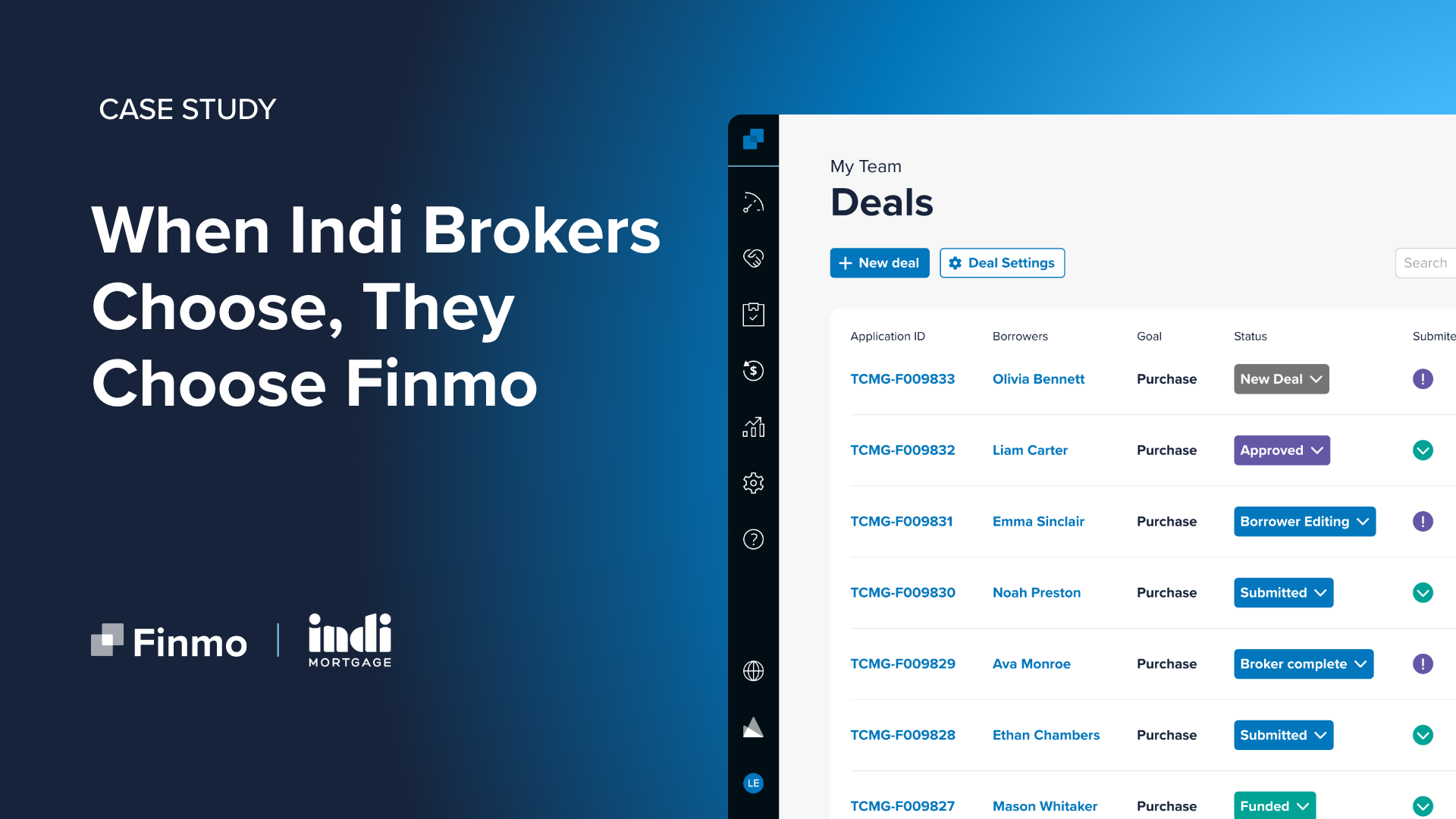
Capitalizing on the Rise of Alternative Lending
How alternative lenders can optimize during a time of COVID-19
Introductions of mortgage qualification rules in the past years, such as the B-20 stress test were safeguards, brought in to ensure Canadian home buyers could adequately handle their mortgage debt. What the industry didn’t see coming was the implications that COVID-19 would present. Limitations surrounding down payments, credit score minimums and debt service ceilings have made it increasingly difficult for Canadians to secure a traditional mortgage, particularly for high-ratio deals. The added stress of COVID-19 on the economy has also caused the income of many Canadians to be adversely affected.
What can sometimes be lost throughout this, is the fact there is still a large pool of great borrowers who can put together a sufficient down payment and meet payments on time. Naturally, this dynamic will cause more borrowers to look to alternative lenders.
Alternative lending solutions can be useful in larger cities or markets with a continued rise in housing prices. In Toronto for example, average home sales prices shot up by over 20% year-over-year in August to reach $951,404.
These increases are adding new challenges for borrowers to qualify for traditional mortgages that are often based on income requirements. In the meantime, baby boomers are downsizing and it’s creating a historic transfer of wealth. Which can result in creating down payment assistance for millennials and Gen Z during a time where incomes aren’t rising at the pace of housing prices – they have a considerable down payment but not an aligned paycheck.
This presents an ample opportunity of alternative lenders to capitalize on this mortgage landscape shift. Alternative lenders can position themselves to be the ones to support Canadians from a holistic perspective, offering shorter terms and flexible payout periods. If a borrower’s eligibility is compromised or affected negatively, alternative lenders can take into account the whole picture, because frankly, they’re risking their own capital. This gives them a leg up on prime lenders who aren’t in a position to take on that risk.
Using technology to your advantage
Flexibility will be the number one asset post-pandemic.There is opportunity for mortgage professionals to educate borrowers on the type of financing scenarios they can help with through alternative financing, to overcome the common misconception that non-prime mortgages are only for people with poor credit history. Both mortgage originators and lenders should leverage the right technology to better understand all the options available to borrowers during this time.
One of the great ways this will continue to benefit alternative lenders is augmenting their current processes to make them more available to brokers, and help them get the word out there about the types of clients and borrowers they are looking for. Using technology like Lendesk Spotlight and social media to connect consumers with more flexible options will put brokers and lenders in a prime position to grow and scale with the rising tide of alternative lending space.
Spotlight Search is the most complete and accurate database of rates and policies for the productive mortgage professional. Whether through desktop or mobile, Spotlight offers over 3500 policies and qualifying guidelines, including alternative lenders who may not have the same brand recognition and popularity as some of the large banks, making it an efficient way to find innovative solutions for borrowers. Alternative lenders can be searched by unique eligibility or specific geographic areas.
There’s temptation when business is good for lenders, like it is for many in the alternative space, to not want to change their processes, but it’s important industry leaders to keep aware of what’s available and capitalize on the benefits being provided by new technology.



